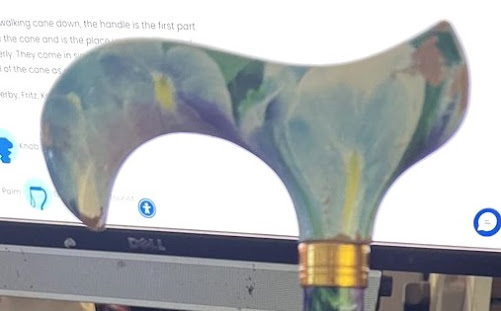A change in routine
JellicoeWe feed Herschel and Jellicoe in separate rooms, to prevent them stealing from each other. Herschel eats much faster than Jellicoe, and likes to investigate his brother’s bowl to see if there are any morsels left. He is adept at opening the sliding door between conservatory and kitchen, so we make sure it’s locked, otherwise Jellicoe is unceremoniously pushed aside.
Jellicoe also likes to check that there’s nothing left in Herschel’s bowl, and trots into the conservatory as soon as the door is opened. Recently, he has been abandoning his food in his desperation to sample Herschel’s food. They have the same food, in identical dishes, but Jellicoe behaves as though Herschel is receiving gourmet rations.
Yesterday, he would not eat his three o’clock meal and we began worrying that he was becoming ill or senile. He and Herschel are twelve years old and show no obvious signs of ageing, but we are aware that dementia can affect cats as much as any other *living being. We put Jellicoe’s food in the conservatory after Herschel had finished, hoping that would do the trick. Lo and behold, Jellicoe tucked in without further ado.
Jellicoe is known to the vets as ‘One Of A Kind.’ When he has to spend a day with them, they have noticed how attuned he is to food. When it approaches his usual feeding time, he sets up a loud yowling, to remind the feckless humans that the worms are biting, and he needs sustenance immediately. Should other animals in his vicinity receive their rations before him, his voice becomes ever more demanding.
At home, he just edges closer to me as the hour hand moves towards the feeding time.
I think cats do these things just to keep their humans on their toes.
Herschel*It is not only mammals that develop dementia. Mrs Nesbitt had a pet gander called Jo, who was always very fastidious about preening. When he stopped looking after his feathers, and displayed other worrying behaviours, she took him to the vet, and the conclusion was that poor Jo had dementia. What a sad end for a splendid fellow.














.jpg)








